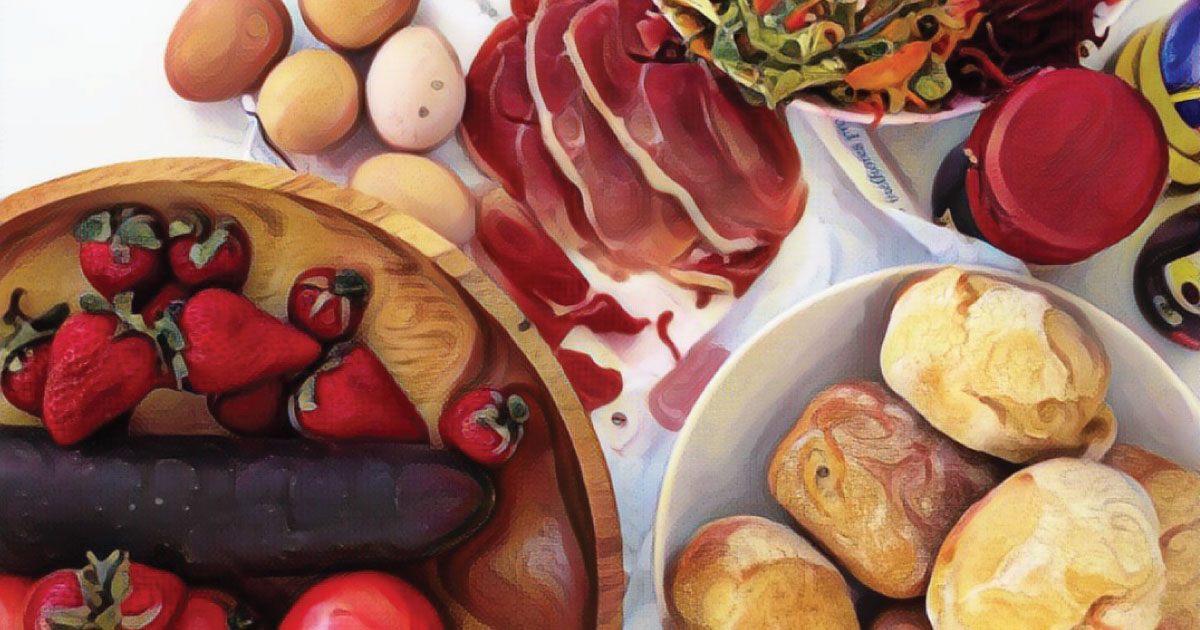
A Lot of People May Be Willing To Loosen Their Purse Strings To Subsidize Greener Farming
What would you be willing to pay, to ensure your food came from a farm that doubled up to protect biodiversity and mitigate climate change? That’s the question a group of researchers recently asked hundreds of Finnish citizens—finding that a surprisingly large majority of people would be willing to pay more for food from farms where crop diversification practices protect the soil, boost species diversity, and prevent pollution.
May 23, 2021 | Source: Anthropocene | by Emma Bryce
A new study from Finland underscores the idea that food prices should reflect greener farming methods
What would you be willing to pay, to ensure your food came from a farm that doubled up to protect biodiversity and mitigate climate change?
That’s the question a group of researchers recently asked hundreds of Finnish citizens—finding that a surprisingly large majority of people would be willing to pay more for food from farms where crop diversification practices protect the soil, boost species diversity, and prevent pollution.
At national scales, consumers’ willingness to loosen their purse strings could generate significantly more money to subsidize greener farming methods, the researchers found. They believe that tapping into this latent goodwill could be one way to advance sustainable agriculture in the future.
As in many parts of the world, in Finland monocrop farming is growing more common. Research shows that the country’s farmland is suffering from a decline in soil quality, as soil organic carbon dwindles with the increasing monoculture, possibly threatening future food production. But the practice of diversifying farmland—transforming monocrops into cropland that incorporates multiple species, hedgerows and grassy edges, and embraces soil conservation methods like rotational cropping—could counteract this decline.
